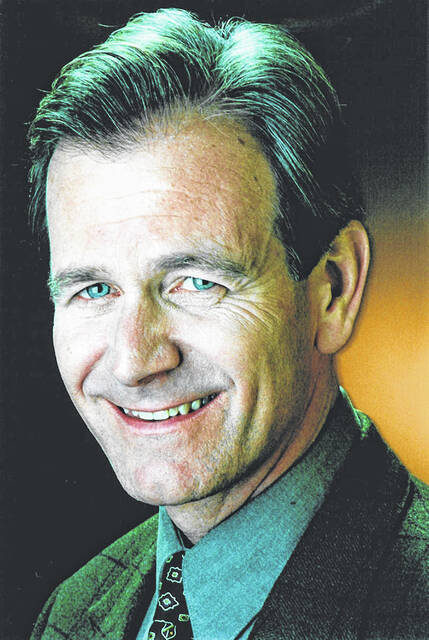
Editor’s note — The is the first part of a two-part column.
“I would tell people to look at all the beautiful things around you: the birds, the trees, the sky, flowers and your family. How could such beautiful things be caused by an accident?” asks Anna, age 9.
Design demands an intelligent designer. If you found a functioning mechanical hand, would you think that it had come about by accident or design? Why should you think any different when you look at flesh-and-blood hands? They’re far more complex.
“We were put on Earth to take care of God’s creations. No Darwin dude said, ‘Earth,’ and bang, there was Earth,” says Jocelyn, age unknown.
The term “Big Bang” as an explanation for the beginning of the universe was coined by Fred Hoyle in 1950, but it should be called the “Big Bust,” according to Dr. Henry M. Morris of the Institute for Creation Research. In August of 1993, the editors of Sky and Telescope magazine announced a contest to replace the inelegant “Big Bang” term with something more sophisticated. Some of the entries included “Bertha D. Universe,” “Doink,” “Let There Be Stuff” and “Hey Looky There At That!”
Dr. John D. Morris writes: “For biological systems to grow, there must be some mechanism to take the incoming energy and transform it into useful forms. For plants, this includes photosynthesis, for animals, digestion.
“These abilities are present in even the least complicated life forms, and without them, energy would be deadly. Energy itself could not create such systems; they must be present at the start.”
“How could we be born of a worm or a monkey?” asks John, 7. “Animals cannot create a different animal.”
How can a 7-year-old comprehend something some scientists can’t or won’t?
In 2003, Macroevolutionists at Wayne State University School of Medicine announced that key genetic material (DNA) of people and chimps is 99.4 percent the same. The paper quotes Dr. Morris Goodman: “We humans appear as only slightly remodeled chimpanzee-like apes.”
According to zoologist Frank Sherwin, “God has created people with approximately 3 billion base pairs (or ‘letters’) of DNA in all of our 75 trillion cells — excluding mature red blood cells, which are without a nucleus. Let’s say for the moment that there is a 2 percent difference between people and chimps. This 2 percent translates into a 60 million base pair difference (or 20 500-page books of unique genetic information)!
“Keep in mind all of the approximately 60 million mutations that supposedly produced man from the chimpanzee lineage would either have to be beneficial, or at least neutral. If you would like to know how devastating just a single point mutation can be, study sickle-cell anemia (there’s only a single amino acid difference — valine instead of glutamate).”
If this doesn’t cause you to think, you may be ripe for the banana theory of evolution. In the New Scientist magazine, Robert May wrote: “We share half our genes with the banana.”
Sherwin again appeals to reason: “One can only guess (with a fertile imagination) what the common ancestor between people and bananas looked like! In addition, there are fish that have 40 percent the same DNA as people, but hopefully, no evolutionist would claim that the fish are 40 percent human — or people are half bananas.”
In conclusion, Caroline, 9, says: “The world is too good for it to have happened by accident. God had a plan and created a world for us. I hope that one day those people who think the world just happened will come to know how it really happened.”
Kids Talk About God is designed for families to study the Bible together. Research shows that parents who study the Bible with their children give their character, faith and spiritual life a powerful boost. To receive Kids Talk About God three times a week in a free, email subscription, visit www.KidsTalkAboutGod.org/email.


